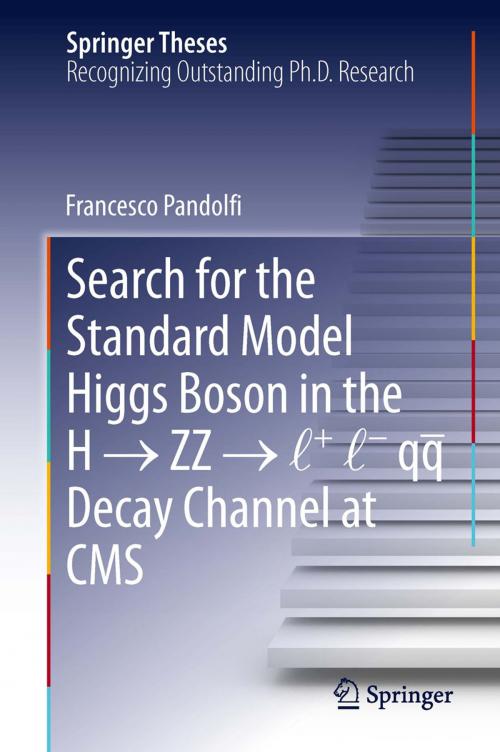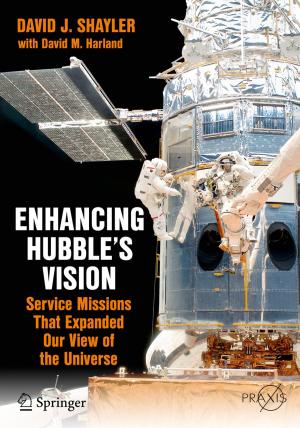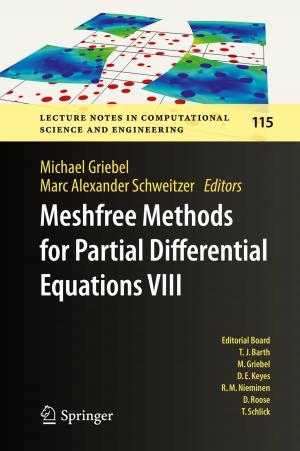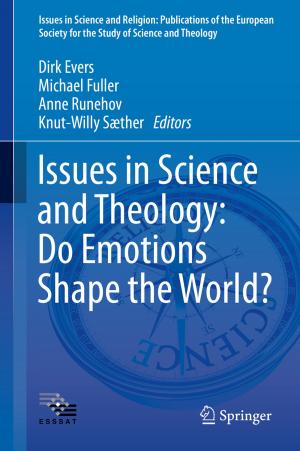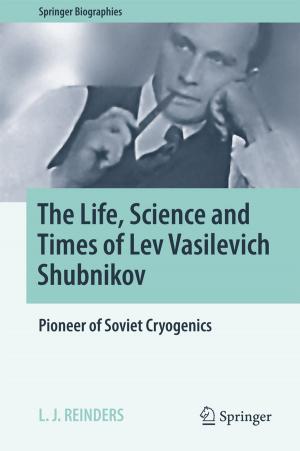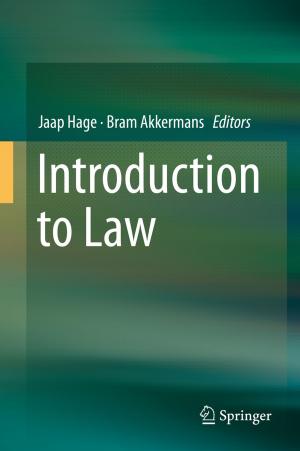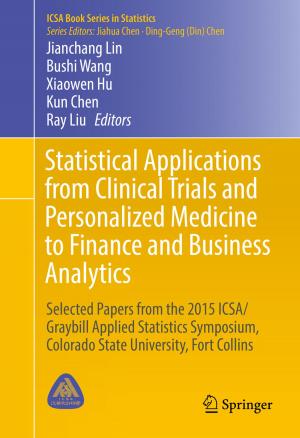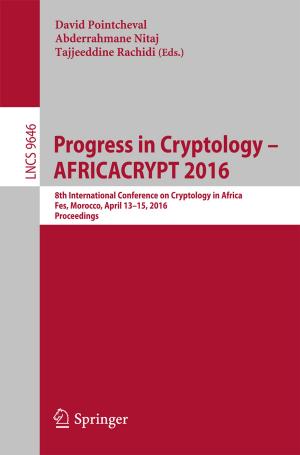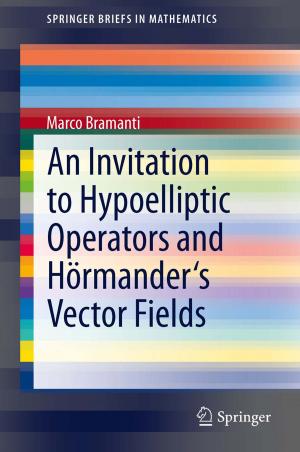Search for the Standard Model Higgs Boson in the H → ZZ → l + l - qq Decay Channel at CMS
Nonfiction, Science & Nature, Science, Physics, Nuclear Physics, Quantum Theory| Author: | Francesco Pandolfi | ISBN: | 9783319009032 |
| Publisher: | Springer International Publishing | Publication: | August 15, 2013 |
| Imprint: | Springer | Language: | English |
| Author: | Francesco Pandolfi |
| ISBN: | 9783319009032 |
| Publisher: | Springer International Publishing |
| Publication: | August 15, 2013 |
| Imprint: | Springer |
| Language: | English |
The theoretical foundations of the Standard Model of elementary particles relies on the existence of the Higgs boson, a particle which has been revealed for the first time by the experiments run at the Large Hadron Collider (LHC) in 2012. As the Higgs boson is an unstable particle, its search strategies were based on its decay products.
In this thesis, Francesco Pandolfi conducted a search for the Higgs boson in the H → ZZ → l + l - qq Decay Channel with 4.6 fb -1 of 7 TeV proton-proton collision data collected by the Compact Muon Solenoid (CMS) experiment. The presence of jets in the final state poses a series of challenges to the experimenter: both from a technical point of view, as jets are complex objects and necessitate of ad-hoc reconstruction techniques, and from an analytical one, as backgrounds with jets are copious at hadron colliders, therefore analyses must obtain high degrees of background rejection in order to achieve competitive sensitivity. This is accomplished by following two directives: the use of an angular likelihood discriminant, capable of discriminating events likely to originate from the decay of a scalar boson from non-resonant backgrounds, and by using jet parton flavor tagging, selecting jets compatible with quark hadronization and discarding jets more likely to be initiated by gluons.
The events passing the selection requirements in 4.6 fb -1 of data
collected by the CMS detector are examined, in the search of a possible signal compatible with the decay of a heavy Higgs boson. The thesis describes the statistical tools and the results of this analysis. This work is a paradigm for studies of the Higgs boson with final states with jets. The non-expert physicists will enjoy a complete and eminently readable description of a proton-proton collider analysis. At the same time, the expert reader will learn the details of the searches done with jets at CMS.
The theoretical foundations of the Standard Model of elementary particles relies on the existence of the Higgs boson, a particle which has been revealed for the first time by the experiments run at the Large Hadron Collider (LHC) in 2012. As the Higgs boson is an unstable particle, its search strategies were based on its decay products.
In this thesis, Francesco Pandolfi conducted a search for the Higgs boson in the H → ZZ → l + l - qq Decay Channel with 4.6 fb -1 of 7 TeV proton-proton collision data collected by the Compact Muon Solenoid (CMS) experiment. The presence of jets in the final state poses a series of challenges to the experimenter: both from a technical point of view, as jets are complex objects and necessitate of ad-hoc reconstruction techniques, and from an analytical one, as backgrounds with jets are copious at hadron colliders, therefore analyses must obtain high degrees of background rejection in order to achieve competitive sensitivity. This is accomplished by following two directives: the use of an angular likelihood discriminant, capable of discriminating events likely to originate from the decay of a scalar boson from non-resonant backgrounds, and by using jet parton flavor tagging, selecting jets compatible with quark hadronization and discarding jets more likely to be initiated by gluons.
The events passing the selection requirements in 4.6 fb -1 of data
collected by the CMS detector are examined, in the search of a possible signal compatible with the decay of a heavy Higgs boson. The thesis describes the statistical tools and the results of this analysis. This work is a paradigm for studies of the Higgs boson with final states with jets. The non-expert physicists will enjoy a complete and eminently readable description of a proton-proton collider analysis. At the same time, the expert reader will learn the details of the searches done with jets at CMS.
